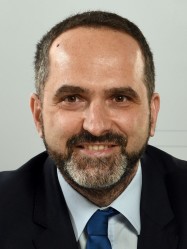BibTex format
@article{Bernardini:2021:rs.3.rs-686577/v1,
author = {Bernardini, A and Trovatelli, M and Klosowski, M and Pederzani, M and Zani, D and Brizzola, S and Porter, A and Baena, FRY and Dini, D},
doi = {rs.3.rs-686577/v1},
title = {Imaging and reconstruction of the cytoarchitecture of axonal fibres: enabling biomedical engineering studies involving brain microstructure},
url = {http://dx.doi.org/10.21203/rs.3.rs-686577/v1},
year = {2021}
}

